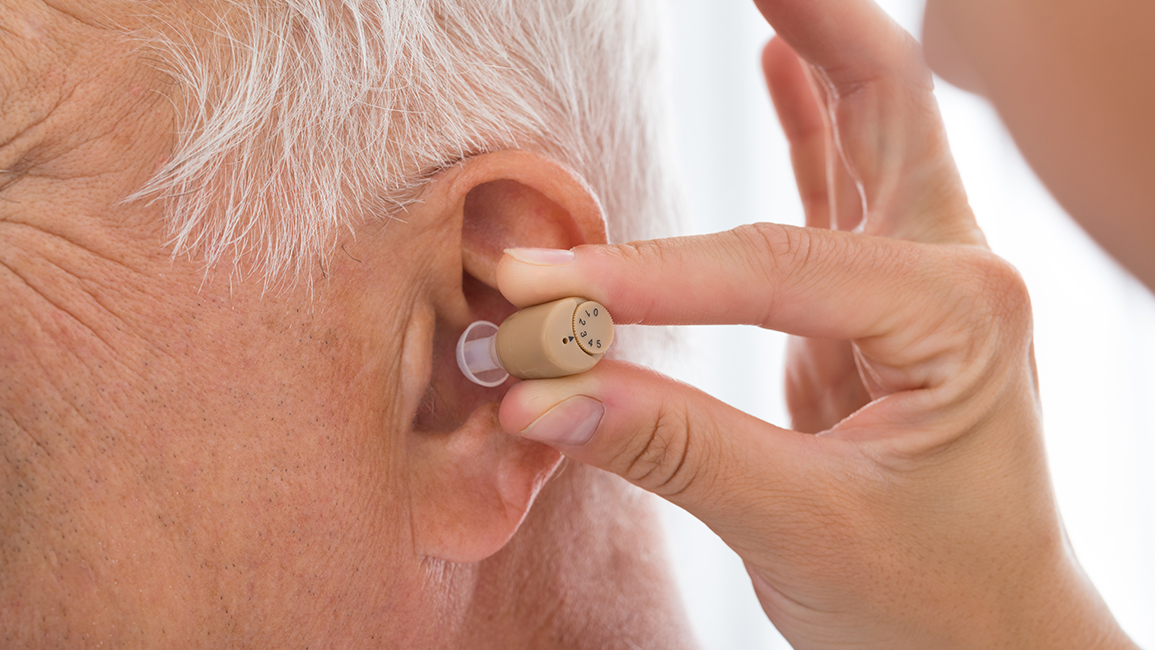Saline Nasal Washes for Children
Center : Ears Throat Nose Center

Saline Nasal Washes for Children is to clean the nasal cavity by inserting or dropping water into the nose. Washing the nose helps to rinse out mucus and pus helps to keep the nasal passages clean. It is recommended to use 0% saline solution because it has the property of reducing the stickiness of the mucus and preventing pathogen from growing.
Benefits of Washing Nose
- Helps to reduce the thick mucus that cannot be drained out by itself and clean the nasal cavity.
- Improve the chronic colds
- Improved drainage of pus from the sinus
- Prevents the spread of pathogen from the nose and sinus into the lungs
- Helps to reduce the number of pathogens, waste, allergens, and substances produced by the body's reactions to allergens
- Helps to keep the mucous membranes moist
- Relieves a stuffy nose resulting in improve breathing
- Relieves irritation in the nose
- Nasal wash before using nasal spray makes the nasal spray more effective
When to do nasal wash?
- When mucus is thick
- Before using nasal spray
How to do nasal wash?
1. Prepare the nasal wash kit
- Saline solution of 0.9% concentration which can be bought from hospital of pharmacy. 100 cc is recommended (the left-over saline solution should be poured away do not reuse)
- A clean cup for saline solution
- 1 cc plastic bulb syringe, without needle or first-year eye drops bottle for children
2-5 cc plastic bulb syringe, without needle for children age 1-5 - Syringe ball for sucking mucus and phlegm, in children who cannot blow nose and cough up by themselves
- Syringe ball number 0-2 for one year old children
- Syringe ball number 2-4 for children older than one year old
- Container to collect rinsed water and tissue paper
2. Nasal Wash Method
- The person who perform nasal washing have to wash hands.
- Pour saline solution into a bottle of eye drops or use a bulb syringe to suck in the saline solution.
- Use a cloth to wrap the child if the child is not very cooperative and moving about. Wrapping the baby will help the nasal washing to be gentle and no injury.
- Let the child lie on the back in elevated position to prevent suffocation.
- Holding the child head still, slowly drop the saline solution 2-3 drops each or slowly insert the bulb syringe into the upper nostril squeeze the saline solution 0.5 cc each time.
- Use syringe ball to suck the mucus out by squeeze all the air from the syringe ball. Then slowly insert into the nostril for 1-15 cm, slowly release the squeezed to suck the mucus into the syringe ball. Then squeeze the fluid into the tissue paper.
- Repeat the action many times in each nostril until there is no mucus left.
- If there is phlegm in the throat, insert the syringe ball into the mouth to suck the phlegm from the throat. If wanting the child to cough up the phlegm, insert the syringe ball deep into the base of the tongue to encourage coughing and suck the phlegm as mentioned above (while sucking the phlegm, hold the face of the child facing to one side to prevent suffocation)
In the case of young children that are cooperative and know how to blow nose
- Let the children sit or stand lifted up the face slightly, inserting the tip of the syringe as described above.
- Slowly squeeze the saline solution about 0.5-1 cc or as much as the child can tolerate. Instructing children to swallow the saline solution or spit it out.
- Blow both sides of the nose at the same time without covering another nostril on the other side.
- Repeat many times on each nose until there is no mucus left.
Cleaning nasal washing equipment
Rinse all the equipment that is used to wash the nose every time to prevent pathogen from growing and increasing by:
- Wash syringes and containers containing saline solution with soapy water or dishwashing detergent. Rinse with tap water until clean and dry.
- Wash syringe ball with soapy water internally and externally follow by tap water until clean. Squeeze all the water out of the syringe ball, invert it with the edge facing down a container. The syringe ball should be boiled one time per day by sucking the boiling water in, hold for 5 minutes. The squeeze all the water away and invert it in a container with edge facing down.
How often should the nose be washed?
At least 2 times a day: waking up in the morning and before going to bed or when feeling that there is thick mucus or stuffy nose or before using nasal spray. It is advisable to do this during an empty stomach, as this will not cause vomiting.
Is nasal wash dangerous?
If done correctly and at the right time there should be no danger. There may be danger, such as choking and infection in the sinus cavity. Choking will not occur, if following correct instruction. Nasal washing should be done before eating or after meal for at least 2 hours to prevent vomiting or choking.
Caution
Saline solution and washing equipment must be clean. The saline solution bottle should not be too big because after open, if left too long it will accumulate pathogen. The common size is 100 cc, in order to use it only one. Besides, nasal washing should be done when the mucus is thick. (If the mucus is not much just wipe the nose with saline solution.
Online Consultation
Free of Charge
Article of Ears Throat Nose Center




_614140049.jpg)
